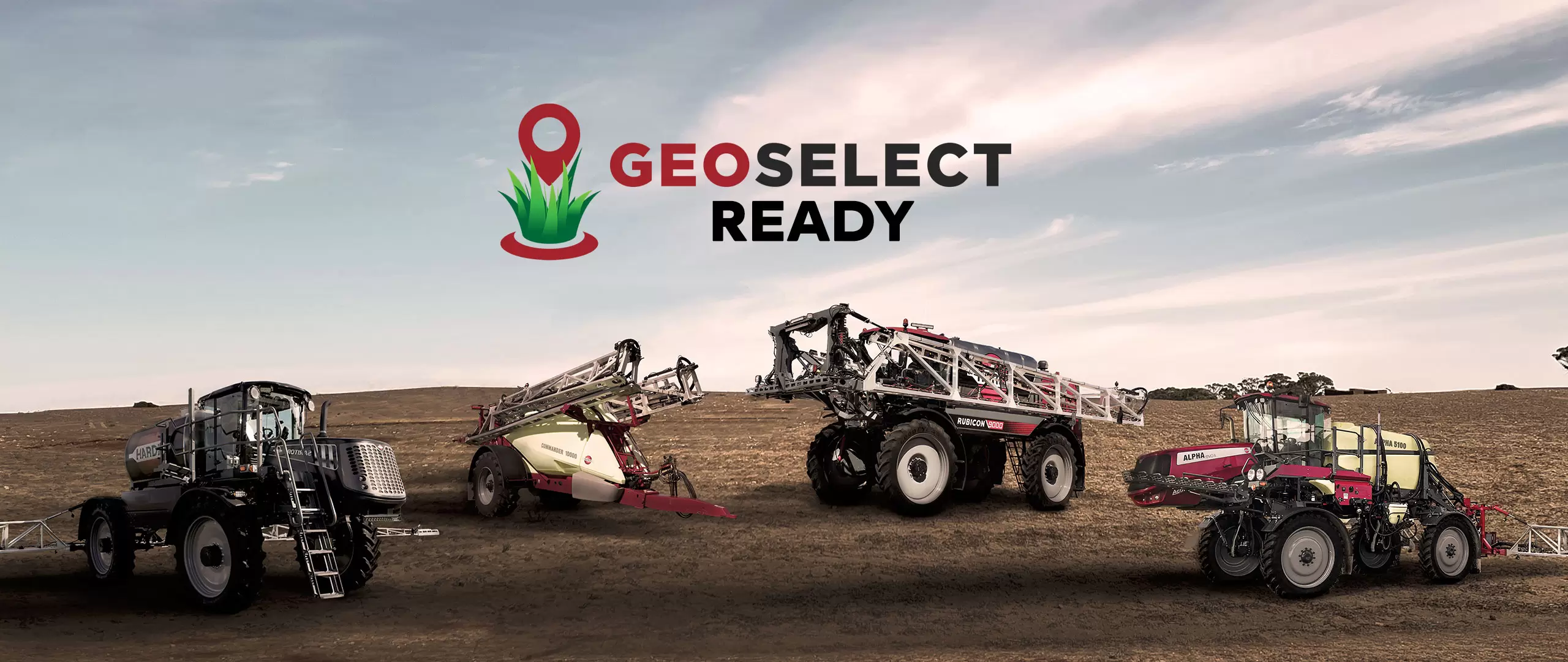Importance of Nozzle Maintenance on boom sprayers
All of the sprayer components are important for safe and effective use, but it is the nozzle that can have the major influence on the performance of the crop protection product that it will apply.
The nozzle controls:
The throughput (and therefore the dose)
Chemicals are expensive. Nozzle maintenance helps to reduce costs associated with excessive spraying. Properly maintained nozzles ensure accurate application rates, which can reduce the amount of chemical used while still achieving desired results.
Quality of distribution
Nozzles are responsible for breaking down the liquid into droplets and distributing it evenly across the target surface. If the nozzle is not working properly, it can lead to uneven distribution, resulting in over-application or under-application.
Drop spectrum and coverage
A well-maintained nozzle produces fine and uniform droplets, which are necessary for achieving maximum coverage and absorption of the target surface.
The degree of drift and downwind fall-out
As we all know, spray drift is a common problem in agricultural spraying which can lead to a lot of unintentional consequences such as wasted chemical, environmental pollution, herbicide resistance, and potential damage to nearby crops. Proper maintenance of nozzles can significantly reduce spray drift. Well-maintained nozzles ensure that the sprayer delivers the right amount of chemical to the target area, reducing the chances of the chemical being carried away by the wind. Clean and undamaged nozzles also produce a uniform spray pattern, which reduces the risk of uneven coverage and overspray.
Proper maintenance of nozzles can extend their lifespan, resulting in cost savings over time. Regular cleaning and replacement of worn-out parts can help to prevent premature failure and ensure that the nozzles continue to function optimally.
It is the tiny nozzle that can have the major influence on the performance of the crop protection product that it will apply.
Frequency of maintenance
The frequency of maintenance depends on various factors such as the type of nozzle, the volume and frequency of use, and the type of chemical used. Below are some general guidelines on when to do maintenance on nozzle for sprayers. As always, make sure to follow the instruction on the labels.
Before use: It is always recommended to check the nozzle before using the sprayer. Look for any signs of wear and tear, clogging or damage to the nozzle. If you notice any issues, replace or clean the nozzle before using the sprayer.
During use: Keep an eye on the spray pattern during use. If you notice a change in the spray pattern, it may be an indication of a clogged or damaged nozzle. Stop using the sprayer and check the nozzle for any issues. Clean or replace the nozzle if necessary.
After use: After using the sprayer, it is important to clean the nozzle thoroughly to prevent any residue build-up. If the sprayer is used infrequently, it is recommended to clean the nozzle every time it is used. However, if the sprayer is used more frequently, cleaning the nozzle after every 10-20 hours of use is recommended.
End of the season: At the end of the season, it is important to thoroughly clean and inspect the sprayer, including the nozzle. Remove any build-up or debris from the nozzle and check for any signs of wear and tear. If the nozzle is damaged or worn, replace it before storing the sprayer.
Other factors such as the type of chemical used and the hardness of the water can also impact the frequency of maintenance required. Certain chemicals can cause corrosion or build-up on the nozzle, which may require more frequent maintenance. Hard water can also cause build-up, which may require more frequent cleaning of the nozzle.
Cleaning nozzles is best done using water and a soft brush such as a toothbrush. Never use tools like screwdrivers or nails – they will certainly damage the nozzle and its ability to evenly distribute the sprayed liquid.
A soft brush for nozzle cleaning is included as a part of the HARDI calibration set
More information about HARDI’s nozzle range

